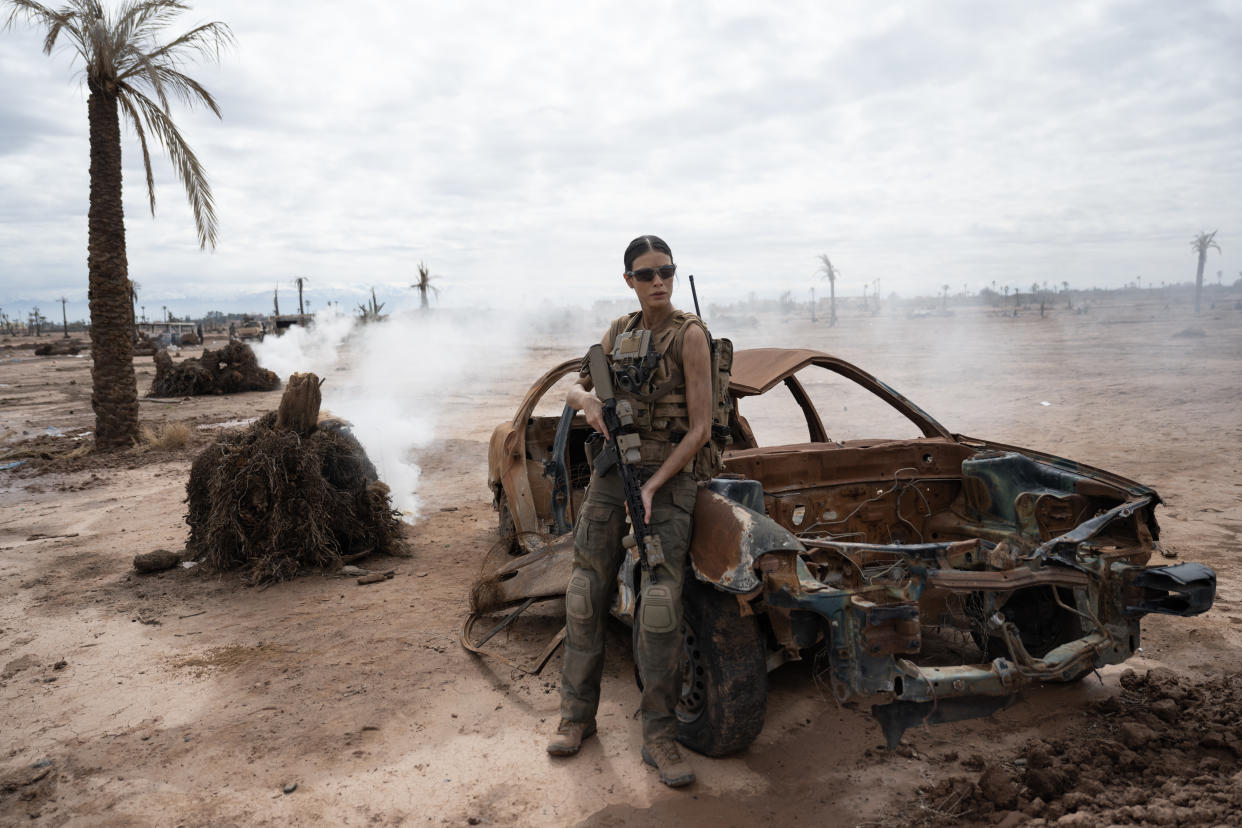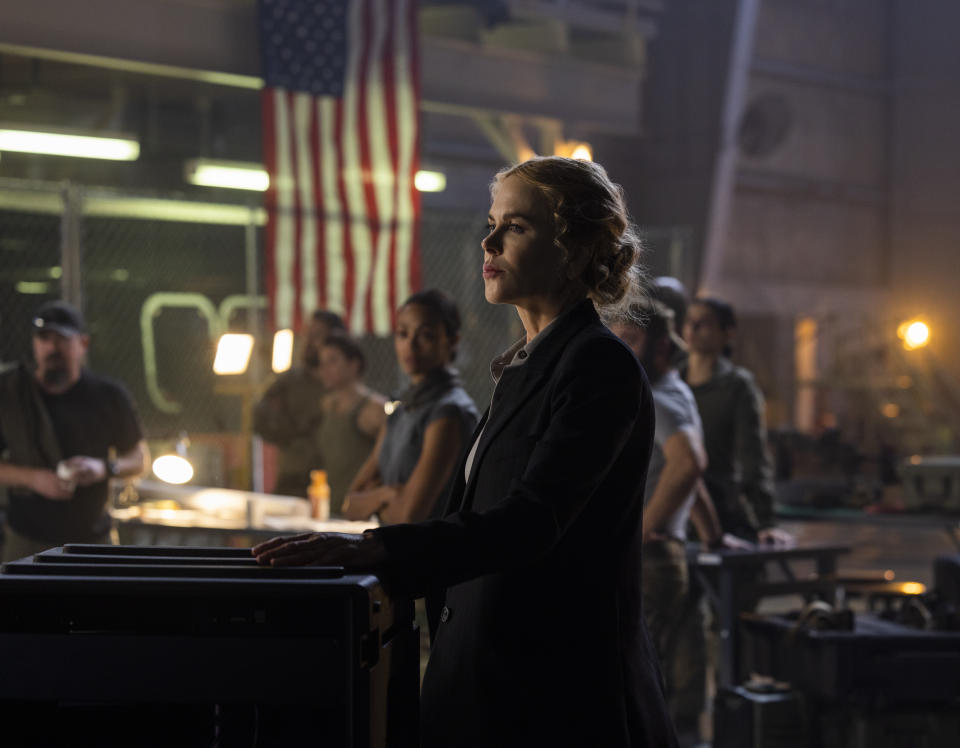Taylor Sheridan’s ‘Special Ops: Lioness’ Breaks All the Cinematography Rules — and It Works

Taylor Sheridan‘s new Paramount+ series “Special Ops: Lioness” is a military thriller that distinguishes itself from other action shows within the first few minutes, immediately drawing the viewer in with a visual style reminiscent less of other similarly themed works like “Six” and “Zero Dark Thirty” than the Tony Scott movies (“Man on Fire,” “Deja Vu”) where cinematographer Paul Cameron began honing his daring approach to camera placement and lensing. Cameron served as the director of photography on the first two episodes of “Lioness” and directed Episodes 5 and 6, and in collaboration with Sheridan and pilot director John Hillcoat established the kinetic visual language for the series — a language that produces powerful effects by breaking the so-called “rules” of cinematography.
As in Cameron’s work with Tony Scott, “Special Ops: Lioness” takes an approach to coverage that collects all the pieces necessary to tell the story but presents them in an unconventional manner. In Cameron’s hands, even a standard dialogue scene between two actors has extra dynamism and energy that come simply from looking for unorthodox angles or alternating focal lengths in a manner that might seem counterintuitive. “The idea of matching singles or overs in a conventional cutting pattern has never really become part of my vocabulary,” Cameron told IndieWire. “It’s more about what looks good on each side — a 65mm lens on Nicole Kidman’s side might be better with a 50mm on the other side with Zoe Saldana, or one side might be more emotional at a steeper angle on an 85mm. Sometimes you need to be a bit bold and break the ‘Five Cs of Cinematography’ [camera angles, continuity, cutting, close-ups, and composition] and deconstruct them.”
More from IndieWire

Interestingly, going against the grain of standard coverage is what makes “Special Ops: Lioness” so absorbing; the eye is kept constantly engaged in a way that makes the viewer an active participant in the action, keeping one from drifting into the placid, comfortable state of a more traditional procedural. There’s also a precision and clear intention behind each angle that stems not only from Cameron’s visual methodology, but an edict that came down from Sheridan regarding the text. “When we first started we learned that the script was the Bible,” Cameron said. “The idea was to shoot the script exactly, which initially sounded a little restrictive to me. But I actually found it freeing, because so often on a set there’s a lot of discussion and variation and the actors will find something that changes the action — then you’ve got to go back and reshoot that. In this case, no, we’re going to shoot the line. We’re going to shoot the action.”
While the actors still had the option of getting on the phone with Sheridan to change a line here and there if necessary, starting from the perspective that the script was an unchangeable entity enabled Cameron to pick a visual point of view and stick to it — something that’s essential in the world of streaming, where schedules and money are tighter than on studio features. “I appreciated having that kind of focus to prep and manifest on such a demanding schedule,” Cameron said, noting that streaming schedules don’t provide the luxury of taking a lot of time to find a scene’s point of view on set. “They’re always packing days with more pages, so you really have to have a certain perspective on how you’re going to hit it — and you also have to have the perspective to know what shots you can do without.”
Best of IndieWire
Christopher Nolan Movies, Ranked from 'The Dark Knight' and 'Tenet' to 'Dunkirk' and 'Oppenheimer'
Where to Watch This Week's New Movies, from 'Barbie' to 'Oppenheimer'
The Best Sex Scenes of the 21st Century: 'Beau Is Afraid,' 'Call Me By Your Name,' and More
Sign up for Indiewire's Newsletter. For the latest news, follow us on Facebook, Twitter, and Instagram.


